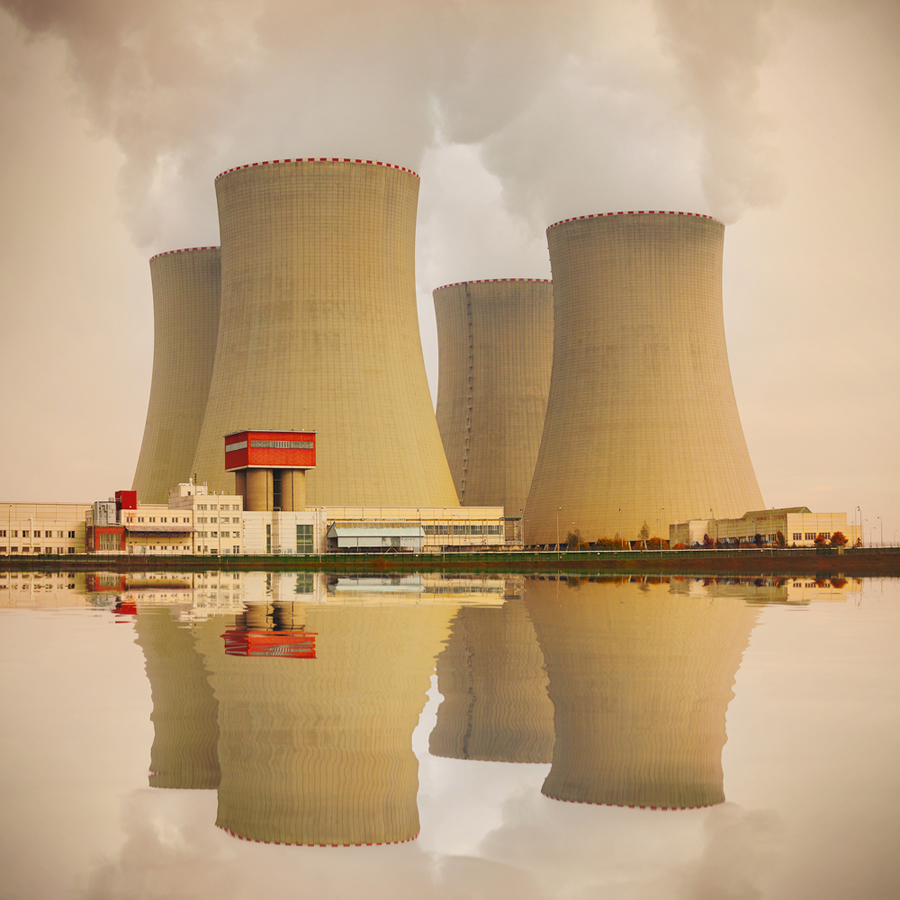Supply cuts a ‘step change’ for uranium price

The announcement made by uranium giant Cameco in November that it’s suspending operations at its flagship McArthur River mine in northern Saskatchewan and surprisingly deep three-year cuts by Kazakhstan’s state-owned Kazatomprom provide a “step change” for uranium prices says a new report on the sector from Cantor Fitzgerald equity research.
On Monday, the world largest producer of uranium, surprised the beleaguered market with a larger than expected cut to production of its own.
Two weeks ago Kazakhstan’s state-owned Kazatomprom announced intentions to reduce its output of U3O8 by 20% or 11,000 tonnes (around 28.5m pounds) over the next three years beginning in January 2018. According to the company roughly 4,000 tonnes will be cut in 2018 alone “representing approximately 7.5% of global uranium production for 2018 as forecast by UxC.”
Cameco’s shuttering of McArthur River for ten months is expected to reduce production by 13.7m pounds in 2018 translating to a combined 42.3m pounds of expected production that has been removed from the market. In 2018 alone, the reduction will be about 24.1m pounds of U3O8 or about 15% of Cantor Fitzgerald’s prior forecast of 158.4m pounds of output.
Utilities have shored up what were once large shortages through spot purchases or short-term contracts
Rob Chang Managing Director and Head of Metals & Mining at Cantor Fitzgerald, said Cameco and Kazatomprom have introduced a “supply shock” that will lift uranium prices that dipped below $20 a pound in September.
We expect these events to ultimately push spot uranium prices to the mid-high US$20/lb range and perhaps into US$30/lb. However, as seen so far, the degree of movement may be muted at first due to fact that there are a limited number of qualified purchasers of uranium – making it a less efficient market.
We estimate that less than 10% of total uranium demand for 2018 and 2019 are uncovered, as utilities have shored up what were once large shortages through spot purchases or short-term contracts. As such, there is less of an impetus for utilities to make purchases immediately.
Inventory levels are also a concern as we estimate that there are 800-1,200M lbs of total above ground inventory of which about 700-800M lbs are held by utilities. We do not believe that all of it is available for sale as significant portions are held for strategic purposes and necessary utility needs. Moreover there is the possibility of sales from distressed utilities and by utilities with reactors that are being decommissioned.
Nevertheless, we view the announcements by Cameco and Kazatomptom to be a positive supply shock that has produced a step change in the spot price of uranium at (and later above) the mid-US$20/lb level.
Last week the nuclear fuel was pegged at $24.40 a pound and Chang now views the mid-$20s as a “floor price for spot U3O8 to move higher from.” In 2018 Cantor Fitzgerald predicts a price of $31.25 a pound, a 25% upward adjustment to the researcher’s earlier view. Prices will gain in 2019 and by 2020 retake the $40 level. Long term pricing of $80 a pound remains unchanged.
{{ commodity.name }}
{{ post.title }}
{{ post.date }}

4 Comments
drrahnejat@yahoo.com
Unless the Japanes restart at least of them. Supply cut by themselves will do not much except prevent prices from collapsing further. We need another 30 plants coming on . Demand is what needed to clear over glut. However with that said Cameco and Kazakhstan know the glut will take awhile to clear. Because there cuts are over long periods. So sorry these prices predictions aredelusional unless major reactors come on quickly
Robert
017
Russia, Rosenergoatom
Floating NPP for Pevek
KLT40S x 2
70 2017 China, CGN Taishan 1 EPR 1750 2018 Russia, Rosenergoatom Leningrad II-1 VVER-1200 1170 2018 Russia, Rosenergoatom Rostov 4 VVER-1000 1100 2018 Slovakia, SE Mochovce 3 VVER-440 471 2018 Finland, TVO Olkilouto 3 EPR 1720 2018 Korea, KHNP Shin-Hanul 1 APR1400 1400 2018 Korea, KHNP Shin-Kori 4 APR1400 1400 2018 UAE, ENEC Barakah 1 APR1400 1400 2018 UAE, ENEC Barakah 2 APR1400 1400 2018 China, CNNC Tianwan 3 VVER-1000 1060 2018 China, CNNC Sanmen 1 AP1000 1250 2018 China, CNNC Sanmen 2 AP1000 1250 2018 China, SPI Haiyang 1 AP1000 1250 2018 China, SPI Haiyang 2 AP1000 1250 2018 China, CGN Yangjiang 5 ACPR-1000 1087 2018 China, CGN Taishan 2 EPR 1750 2018 China, China Huaneng Shidaowan HTR-PM 210 2018 India, Bhavini Kalpakkam PFBR FBR
Japan Also estimates another 10 Reactors will restart in 2018
That’s about 30 reactors restarting in late 2017/2018.
Robert
I do get that Japan may not restart another 10 reactors but they did announce the intention and 2 more are for sure in January. There are 20 new reactors slated for new starts in late 2017 and during 2018. All will need to be fueled initially with 4 years fuel or about 113 tons of Uranium ( pre-enrichment) per 1000 megawatts. That will be a substantial addition to the 2018 needs. Add Cameco’s intention to buy uranium on the spot market to fill some of their obligations and the surplus of uranium available will decrease hopefully faster than expectations. At this point production worldwide does not meet existing requirements so the surplus is being drained. We will see how long it lasts. Remember that Oil companies were in the same situation a while ago. Oil prices have tripled since then and I see no reason why uranium cannot as well. Their very existence depends on it.
Keith
What if the third largest uranium producer, after Cameco and Kazatomptom decides to shut their mine(s) or reduce output for a long period also? That would be positive too for uranium company shareholders.